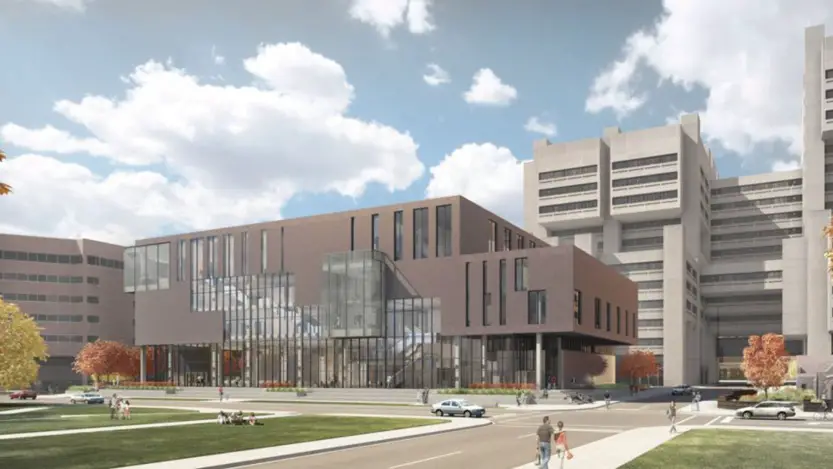The University of Minnesota has completed the construction of the Health Sciences Education Center (HSEC )at the cost of $83 million. The new building will be the focal point for the university’s health professional school and was constructed to foster interprofessional interaction and education. In addition, the new building is aimed at promoting student and faculty well-being.
The Health Sciences Education Center is a massive 200,000+ square feet structure and is a unique addition to the University of Minnesota which will go a long way in improving the university’s academic and administrative functions, which host one of the most comprehensive health science centers in the United States.
HSEC stands to benefit many Minnesotans
With 70% of Minnesota health professionals passing through the university, the HSEC will play a big role in the entire state community through the training of public health professionals, veterinarians, pharmacists, dentists, nurses, and physicians.
In a statement, Mark Rosenberg, MD, vice dean for education and academic affairs in the Medical School said, “the new Health Sciences Education Center is much more than a building; it is a catalyst for change as we prepare the next generation of health care professionals.”
The Executive Vice President and Provost and the Office of Academic Clinical Affairs recently hosted a Welcome Week to welcome health science students to HSEC. The event was hosted with physical distancing measures in place to mitigate the spread of COVID-19.
Jakub Tolar, MD, PhD, vice president for clinical affairs said the institution will play a big role in preparing students for future roles to be useful to themselves and the community.
Key features in HSEC
Key features in the HSEC include the Center for Health Interprofessional Programs, state-of-the-art classrooms, and innovation and learning support through the Health Sciences Library and Wangensteen Historical Library of Biology and Medicine.

